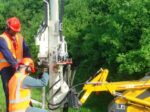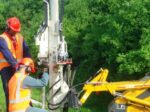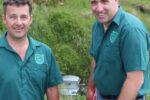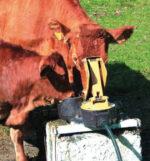How to respond to the ‘water quality versus production debate’?
-Dr Blair Miller – Group Manager Environmental Research, Lincoln Agritech Government recently issued a call of action to the country, saying that we must work to double our primary production export earnings while maintaining or improving water quality. To most people, this twin challenge will seem contradictory. Yet we are capable of fulfilling both of these duelling ambitions. In fact, the fight to attain them is one that we must fully commit to. I believe we can do it, as we have some of the best scientific minds in the world on the case. But we need to utilise our experts so we have the best chance of balancing economic development with environmental protection. Achieving export growth means developing new markets and these markets will be increasingly judging us on the integrity of our production processes. If we allow environmental impacts to worsen, we risk damaging the reputation on which our primary sector exporters trade. In other words, the Government’s challenge is not contradictory. Positive economic development must be based on sound environmental outcomes. Pundits regularly promote the notion of moving up the value chain to increase export earnings. This, of course, is happening all the time and we should applaud companies like Synlait with their slogan, “Making more from milk”, which describes the strategy very well. However, we must look at how much primary produce we need to achieve growth. Bulk commodities dominate primary sector exports and this will continue for the foreseeable future, so increasing production is the only realistic way to double our primary export earnings. However, this means intensification, and with that comes environmental impact. We need to understand this impact if we are to develop strategies that will tackle it. The fate of nitrates attracts the most attention in this area due to dairy intensification. […]









